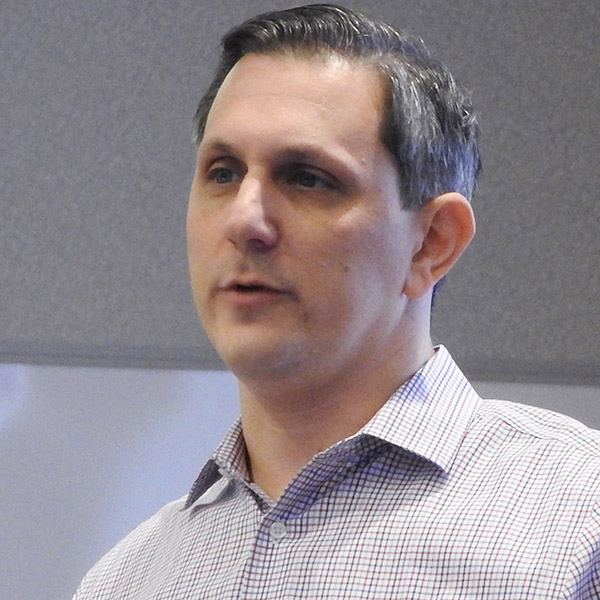ALABAMA
Alabama Power Files for Purchase of Autauga County Natural Gas Plant
Alabama Power representatives filed a petition with the Public Service Commission on Oct. 30 to acquire the Lindsey Hill natural gas power plant. Alabama Power said it will need an additional 1,200 MW by the end of the decade. The Lindsey Hill station can generate up to 900 MW. The utility expects to recoup the cost by increasing residential rates by $3.80/month.
More: Alabama Reflector
COLORADO
PUC Approves Xcel Energy Gas Hike
The Public Utilities Commission recently approved a $130.76 million increase for Xcel Energy natural gas customers. The average monthly residential bill will rise by $4.57, while the average bill for small businesses will rise by $17.49. The new rates went into effect Nov. 5.
More: The Denver Post
Sen. Hansen to Leave Legislature for La Plata Electric Association
The La Plata Electric Association has announced state Sen. Chris Hansen will take over as its next CEO. Hansen plans to resign from the legislature Jan. 9, the day after the state’s 2025 lawmaking term begins. He recently was reelected to a second four-year term. In addition to serving as a state senator, Hansen is the founder and executive director of the Institute for Western Energy and has more than 25 years of industry experience.
More: The Colorado Sun
FLORIDA
Supreme Court Backs Approval of Storm Plans
The Florida Supreme Court has rejected a challenge to the Public Service Commission’s approval of long-term utility plans for Florida Power & Light, Duke Energy, Tampa Electric and Florida Public Utilities. Justices unanimously upheld decisions that the PSC made in 2022 to approve “storm-protection plans” for the utilities.
The Office of Public Counsel went to the Supreme Court after the 2022 approvals and argued the commission erred by not considering whether projects included in the plans were “prudent.” But the Supreme Court said the commission “correctly reviewed and approved the utilities’ proposals after concluding that they are in the public interest.”
More: WUSF
Tampa Electric Could Seek $400M for Hurricane-related Costs
A quarterly financial report filed at the Securities and Exchange Commission indicates Tampa Electric could seek to recover $45 million to $55 million related to Hurricane Helene and $320 million to $370 million related to Hurricane Milton from customers.
The utility would need to seek approval from the Public Service Commission and said it will “determine the timing of the request for recovery of Hurricane Helene and Hurricane Milton costs at a future time.”
More: News Service of Florida
KENTUCKY
East Kentucky Power Planning Natural Gas Expansion, Coal Conversion
East Kentucky Power Cooperative has announced plans to build two new natural gas-fired power plants and convert its two existing coal-fired plants to “co-fire” natural gas.
One 745-MW natural gas plant would cost about $1.3 billion and be located at the John Sherman Cooper Power Station site. It is anticipated to be operational by 2030. The other $500 million, 214-MW plant would be in Casey County. The coal conversions would include one of two units at the John Sherman Cooper Power Station and all four units at the Hugh L. Spurlock Power Station.
More: Kentucky Lantern
MISSOURI
Spire to Lower Monthly Gas Bills in St. Louis Area
Spire, a natural gas provider in the St. Louis area, is set to decrease monthly bills for customers by an average of 16%. The Public Service Commission approved Spire’s plan through which customers will see a $15 bill decrease, starting Nov. 15. The decrease is due to a new purchased gas adjustment approved by the PSC as well as lower gas prices and the recovery of deferred costs from 2021 winter storms.
More: KTVI
NEW YORK
NY Waterway Completes Renewable Diesel Trial
New York Waterway said it has completed its renewable diesel trial and is now moving forward with the energy source ahead of hybridizing its fleet next year. The company began its renewable diesel trial this past July on selected ferries and is on track to use 375,000 gallons over the next year – roughly 20% of the fleet’s fuel consumption – with a goal to increase to 50% in the future.
Renewable diesel fuel, made from various fats, oils and waste products from the food and restaurant industries, performs as well as fossil diesel, but with a significantly reduced environmental impact. The EPA estimates that using renewable diesel can lower greenhouse emissions by up to 78% per gallon.
More: Hudson County View
PENNSYLVANIA
PECO to Add 25 MW of Solar to Energy Mix
PECO Energy announced it has agreed to add 25 MW of solar to its energy mix for customers in southeast Pennsylvania. The utility’s original proposal planned to double the amount of solar energy credits bought through long-term contracts, but that didn’t change the percentage of solar energy within its mix, which remained at 0.5%, the minimum required by the state’s Alternative Energy Portfolio Standards. The 25 MW will be about 1% of the utility’s total energy mix.
More: WHYY
TEXAS
King Proposes Refunds for Unused CenterPoint Generators
Sen. Phil King (R) has filed legislation that would create a process to refund Houstonians for charges associated with CenterPoint Energy’s $800 million lease of generators that went largely unused after Hurricane Beryl.
King’s bill would underscore “the legislative intent of the original bill” by requiring generators leased by utilities to be fully mobile and available for rapid deployment in the aftermath of a storm or other emergency. The legislation also would require the Public Utility Commission to review generators already leased by utilities. Any lease that did not conform to the terms of the bill would be disallowed and its costs unable to be passed on to consumers.
A Houston Chronicle investigation found that CenterPoint has never used the 15 32-MW generators leased in 2021.
More: Houston Chronicle
VIRGINIA
Balico Downscales Plans for Pittsylvania Plant, Data Center Campus
Balico, the company behind a natural gas power plant and data center campus in Pittsylvania County, intends to file a rezoning application for a scaled-down version of the project.
The company’s original plans called for the campus to sit on 2,233 acres. The new plans will shrink to 600 acres but with hopes it eventually will be able to grow beyond that.
More: Virginia Business
DEQ Levies Another Fine on Mountain Valley Pipeline
The Department of Environmental Quality has ordered the Mountain Valley Pipeline to pay $17,500 for violating environmental regulations from June to September. Violations include allowing sediment to enter streams and improperly installing erosion control matting. It was the company’s fifth consecutive fine of its kind.
More: Cardinal News
Pittsylvania Megasite Wins $1.3B Battery Separator Project
Microporous has announced it will invest $1.3 billion to build a battery separator manufacturing facility at the Southern Virginia Megasite in Pittsylvania County. Microporous has produced separators for lead-acid batteries, the oldest rechargeable battery technology, which is typically used in vehicles and to power grid systems. At the megasite, Microporous will expand into creating battery separators for lithium-ion batteries. The facility will be fully operational by 2026.
More: Virginia Business
WEST VIRGINIA
PSC Approves Modifications to Solar Farm
The Public Service Commission has approved modifications to a 300-MW Nedpower Mount Storm wind farm project to reduce 132 turbines to 78. The modifications would increase efficiency, reduce impacts on the view, cut down on the shadow flicker from the blades and reduce the noise level. They also extend the life of the facility by 35 years. The company proposed to begin work by July 2025.
More: WTRF

